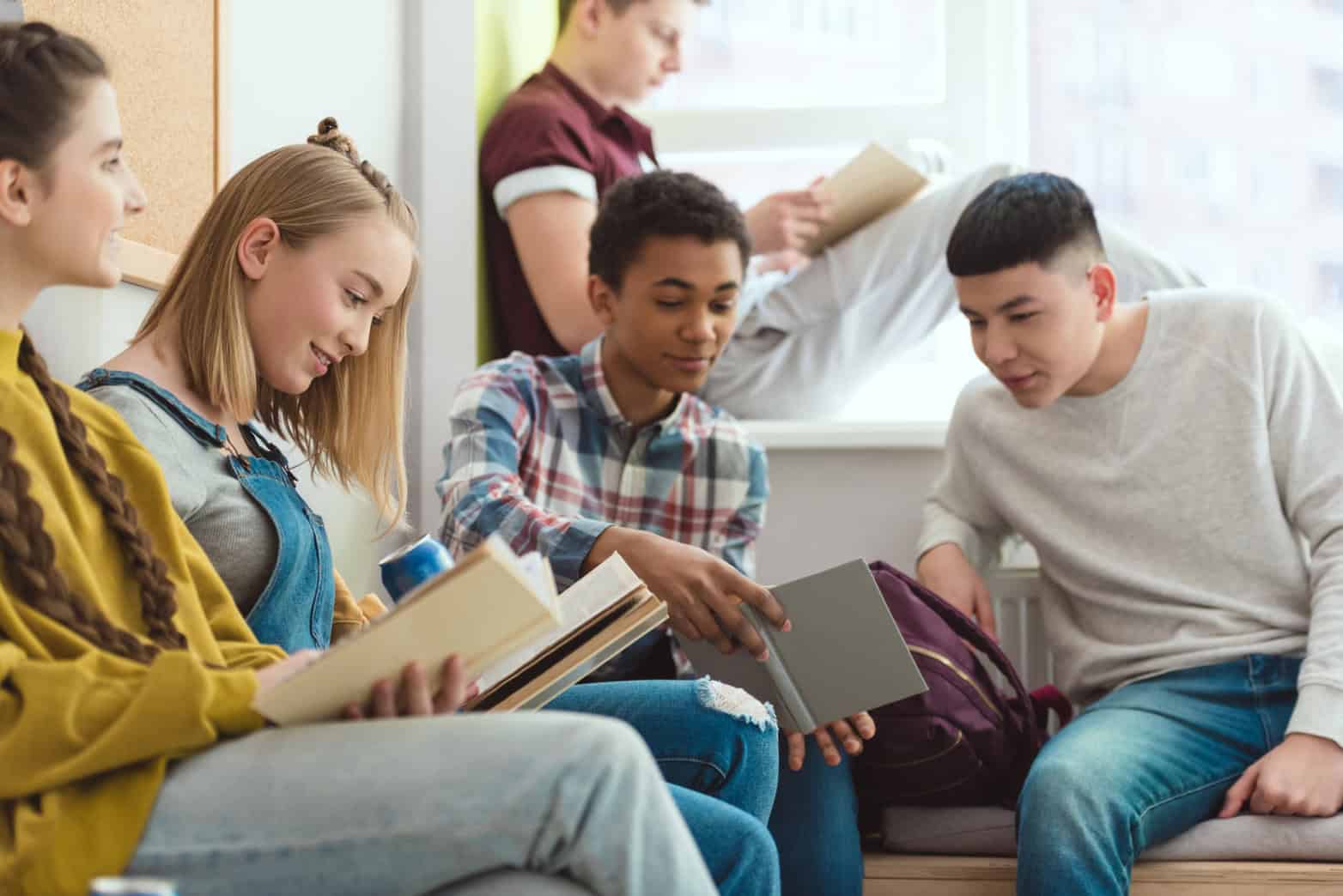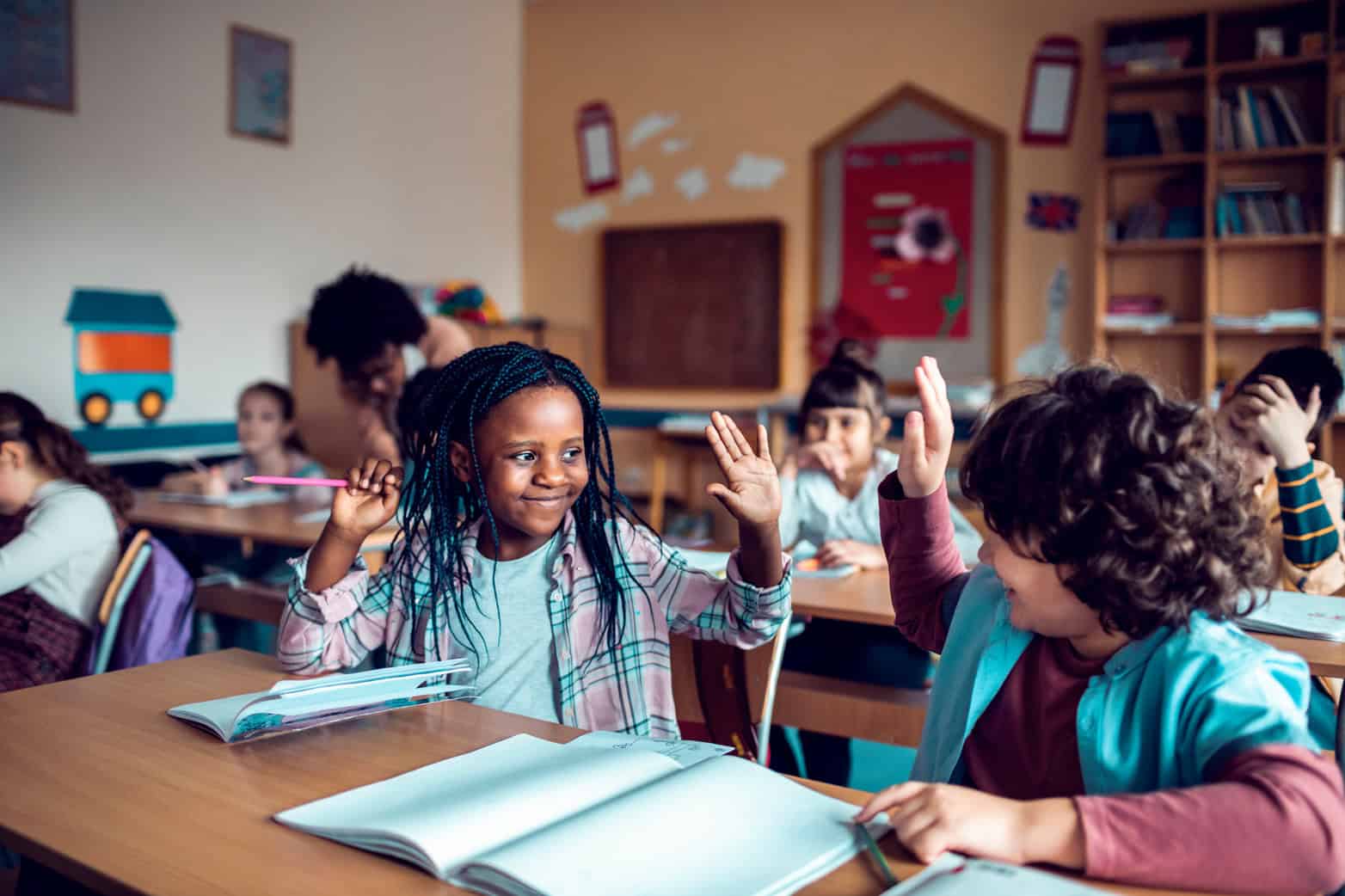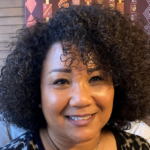As our society becomes increasingly interconnected, the value of learning new languages cannot be overstated. Yet, traditional language learning methods often overlook a crucial element: personal relevance. Recently, my journey into American Sign Language (ASL) has illuminated the significant impact of integrating culture and interests into language acquisition.
My Perspective: The Impact of Culture and Personal Interest
During my ASL learning, I find myself more intensely drawn to the language acquisition experience due to the instructor leveraging connections with pop and hip-hop culture. By framing the language within the context of music and cultural expression, I discovered excitement and engagement in the learning process. Suddenly, ASL wasn’t a series of hand movements that my brain struggled to memorize; rather, it became a vibrant interaction of language, culture, and personal interest.
This personalized approach to language learning has transformed the experience from mundane memorization to an exhilarating and energized expression of self through another language. During my learning process, each sign carries with it a relatable story and familiar connection to the beats and rhymes that are used for teaching words and phrases. The structure of language learning is no longer an abstract concept but a tangible extension of my interest and culture.
The integration of culture and interest provides a scaffold upon which new knowledge can effortlessly build. With a pre-existing network of neurons primed by familiarity and relevance, the acquisition of ASL becomes not only easier but also more enduring. Concepts stick not as isolated fragments but as integral components of a larger, interconnected framework.
Tina Starks’ Perspective: Implications for Inclusive Education
Upon sharing my experience with Tina Starks, a literacy specialist for Student Achievement Partners, we quickly recognized the implications of this approach extend far beyond my personal experience. As Tina emphasized: “It underscores the importance of inclusive education that recognizes and celebrates the diverse identities, languages, and cultures of students.” Language is about communication and sharing, meaning making as a collaborative process with others. Connection and relevance serves as the intrinsic motivation for learning a new language. By embracing this paradigm shift and integrating culturally responsive and linguistically sustaining pedagogy, educators can unlock the full potential of their students, foster deeper cultural connections, and enhance language and vocabulary retention for multilingual learners.
The Classroom Benefits: Culturally Responsive and Linguistically Sustaining Practices
According to Student Achievement Partners’ e2 Instructional Practice Framework™, culturally responsive-sustaining instruction includes the promotion of “cultural pluralism¹, encouraging students to inquire into and sustain their racial, ethnic, and linguistic identities.” Additionally, linguistically sustaining instruction “take[s] intentional steps to learn the linguistic backgrounds of …students and how those backgrounds compare to the primary language of instruction.”
With further comparison of my experience with the research of culturally responsive and linguistically sustaining practices, Tina and I identified the undeniable benefits of inclusive pedagogies in the classroom for multilingual learners. These practices empower It empowers students to not only communicate across their full linguistic repertoire but also to bridge cultural experiences and personal interests to cultivate a genuine passion for learning.
Leveraging Students’ Linguistic and Cultural Knowledge
Linguistically sustaining practices emphasize the inherent value of students’ linguistic and cultural backgrounds in the learning process. When we consistently demonstrate genuine interest in students and their existing funds of knowledge, we invite students to bring their whole and authentic selves to the learning experience. By acknowledging and integrating the diverse languages and cultures that students bring to the classroom, educators can encourage students to make connections between their home languages and the target language. It’s a way to honor the value of home languages as a resource in the learning process while cultivating a sense of belonging and affirmation for students to embrace their unique identities and experiences while learning a new language.
Enhancing Relevance to Students’ Real-World Experiences
Culturally responsive practices promote the integration of real-world contexts and experiences for multilingual learners. By connecting language instruction to students’ daily lives, interests, and cultural perspectives, educators can enhance the relevance of what is learned. This approach encourages students to see the practical value of language learning and encourages them to apply their skills in authentic situations. Students then become active participants in a learning process that resonates with who they are and builds on what they already know. These opportunities also affirm their experiences with bias and injustice that they may experience but do not always have the vocabulary to express and understand. Deepening their sense of justice and empathy can again act as a lever for motivation as they learn a new language and find purpose for academic language.
Increasing Student Engagement
Ultimately, these practices prioritize personalized and interest-driven learning experience to increase student engagement and learning. Educators can center what matters most to students and inspire a genuine enthusiasm for learning. Students can express their full cultural and academic identities to explore languages in ways that are meaningful to them and their learning. With increased engagement, students become more invested in their language learning journey.
As I continue my own journey into ASL, I am reminded of the transformative power of personalized learning experiences. By intertwining language, culture, and interests, we pave the way for a more inclusive and interconnected future.
——-
¹ Paris, D. (2012). Culturally sustaining pedagogy: A needed change in stance, terminology, and practice. Educational Researcher, 41(3), 93–97.















